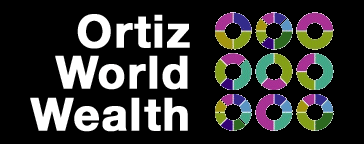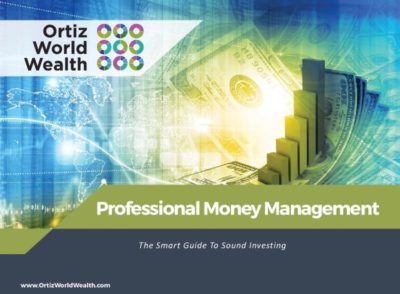19 Mar Endowment Model #3: Non-Guaranteed
Endowment Model #3
Non-Guaranteed Investments
In this installment of the Ortiz World Wealth Endowment Model series, we will be covering Non-Guaranteed asset classes. These asset classes might sound a little more familiar to you but that doesn’t mean that there isn’t anything to learn. As we cover Non-Guaranteed asset classes make sure to remember that these are only one part of a very well-diversified investment portfolio and that they are utilized in a different way for each individual. Let’s begin!
As far as access to these investment vehicles is concerned there are certain credentials required to be able to work in this arena. Generally speaking, you are mainly dealing with brokers or advisors, no agents here. As an investor, you do not need to be an accredited investor to put your money to work in the non-guaranteed classes. Being an accredited investor simply means that you must have a net worth of $1,000,000 or more (this does not include your home). This usually applies to alternative investments, so you don’t need to worry about that here. Stocks, bonds, and mutual funds are the most commonplace investments, they are easy to understand, easy to access, easy to pull your money out of, easy to gain, and, easy to lose.

Non-Guaranteed assets are very easy to separate from the other two classes. Simply put, your investment is not guaranteed to return to your account. So, the risk is the name of the game in this sport. Insurance products do not fall in this category whatsoever, so forget about annuities. Although some alternative investments may not be guaranteed, they are not necessarily the same in liquidity as the investment vehicles we will be discussing in this article. Non-Guaranteed assets are mainly stocks, bonds, and mutual funds. These investment vehicles have the highest growth and the highest liquidity out of the three asset classes. When you invest in this asset class your potential for growth is very hard to limit, but so is your potential for loss. But to gain this, they forego just about all security on the investment. In these investments, it is you, the investor, who takes on all the risk. Whereas with life insurance or annuities where it is the insurance company that is taking on that risk while you give up easy access to your funds. The insurance companies take the lump sum of your investment and give you a monthly return. But if you need to access that principle you have to pay a penalty if they even allow you to touch it.
Although high growth potential is an important attribute of Non-Guaranteed investments, it is actually their liquidity that makes them invaluable. When you are building a portfolio using the endowment method, it is important to remember that the goal is a lifetime income, while battling inflation and preserving principle. When it comes to income, the two most important qualities it can have are consistency and utility. If you are getting money but you can’t depend on it coming in the mail, then it’s not really a reliable source of income. And if you get returns every week on an investment but you have no access to them, then it can’t be utilized to meet your everyday expenses and especially not for surprise expenses. Non-Guaranteed assets give you excellent control over and access to your funds, especially when speaking of equity stock.
Where Guaranteed investments allow you to lock in the numbers, non-guaranteed investments allow you to lock in your control (liquidity). Alternative investments, however, are a whole different ball game. We will be discussing these in the next addition to the Ortiz World Wealth Endowment Model Blog Series.




No Comments